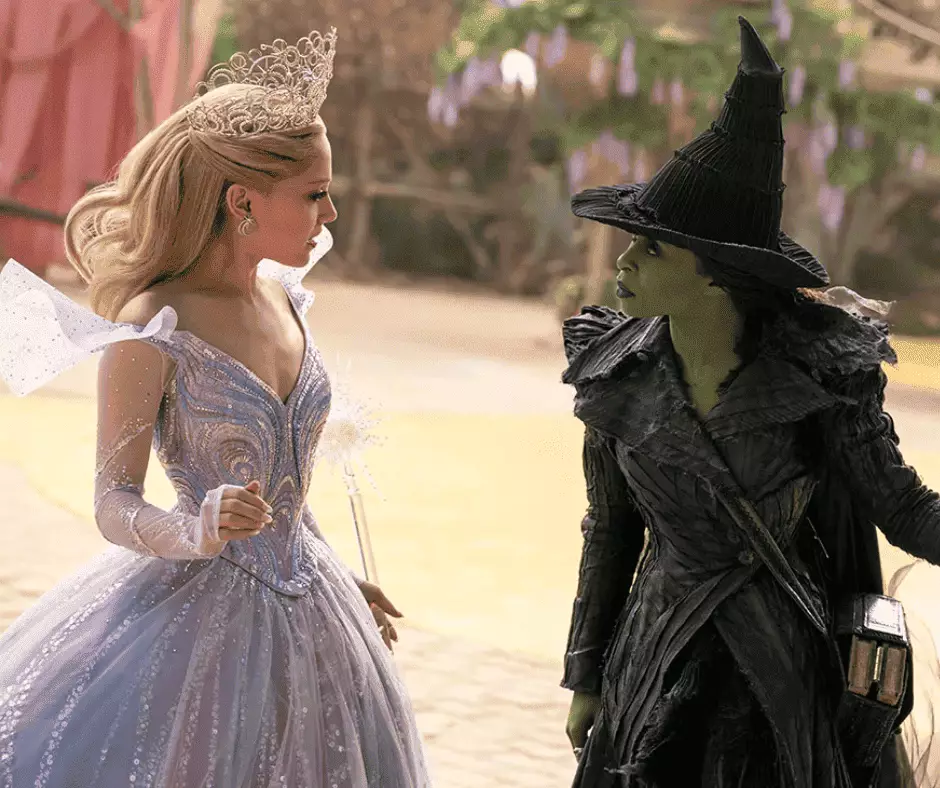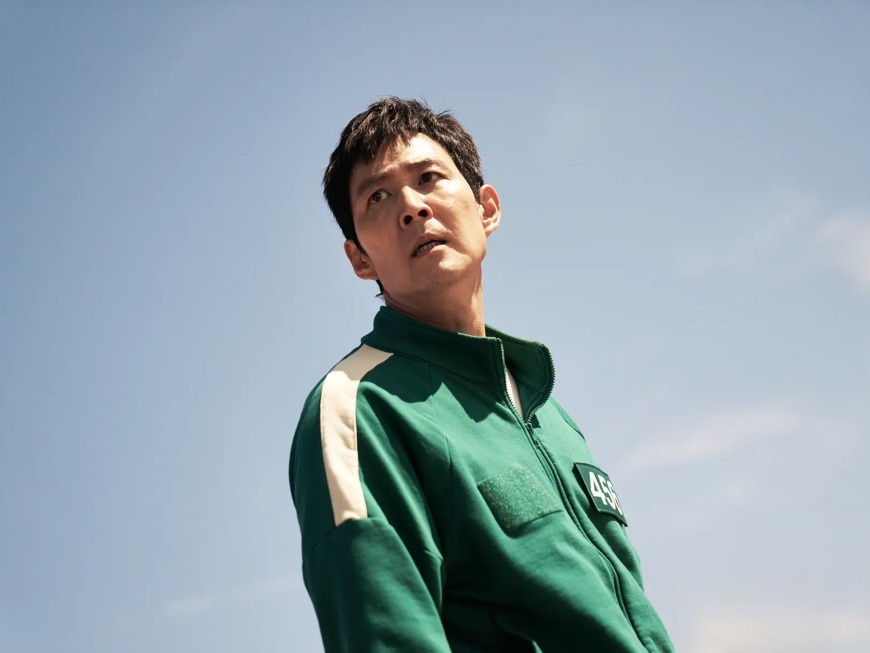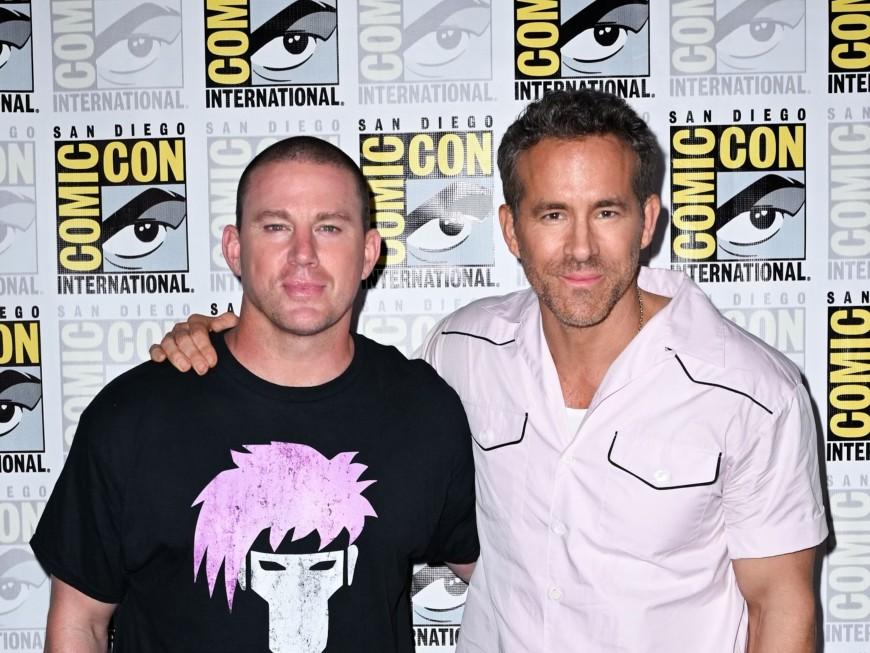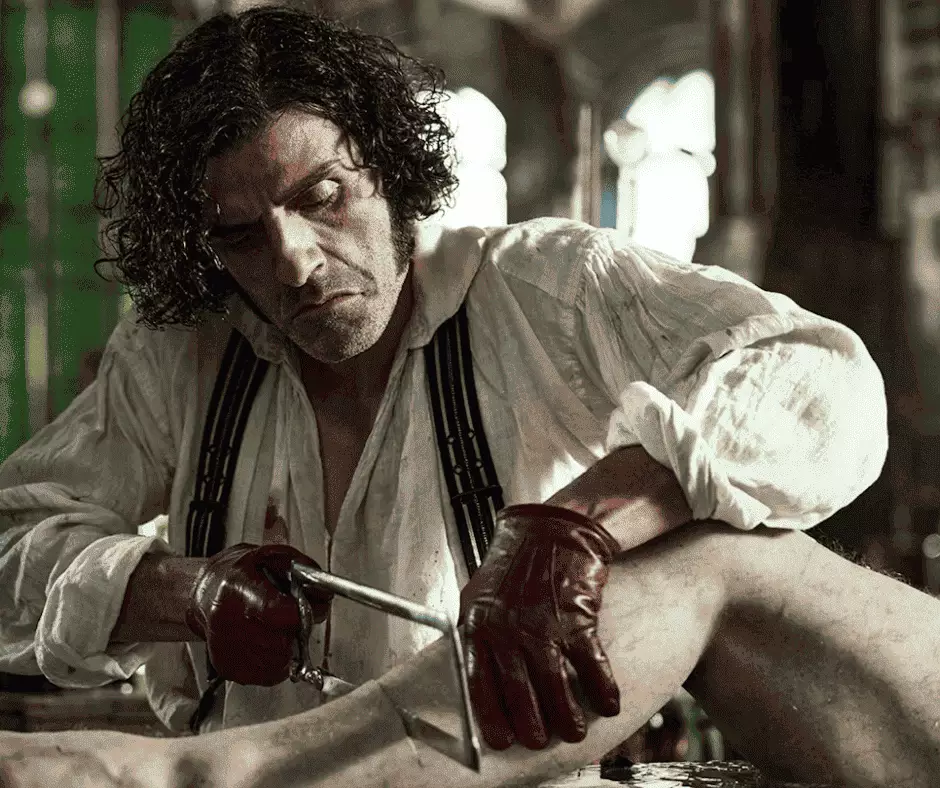The Growing Appeal of True Crime Biopics
True crime biopics have taken a prominent spot in Hollywood, blending suspense and real-life intrigue.Films and series about infamous cases like Zodiac, Extremely Wicked, Shockingly Evil and Vile, and now Anna Kendrick’s Woman of the Hour delve into gripping real-life stories that appeal to audiences who are fascinated by humanity’s darker side.
Yet, beyond the screen, the creation of these films is a complex process entangled with life story rights, royalty payments, and ethical questions about profiting from real lives.
The Legal Maze: Life Story Rights and Ethics in True Crime Biopics
Creating true crime biopics often requires navigating complex legal terrain.Filmmakers are not always required to secure life story rights to tell a true story, but doing so can protect them from legal disputes and ensure cooperation from involved parties. In some cases, like The Social Network, production teams bypassed life rights, leading to legal controversy.
For true crime films, however, securing life rights, especially for victims’ families or estates, adds credibility and reduces potential backlash. By securing these rights, filmmakers can gain access to personal accounts and specific details, often resulting in higher authenticity.
These arrangements frequently involve royalties for real-life stories, ensuring that subjects or their families are fairly compensated for sharing their stories with the world.
Anna Kendrick’s Woman of the Hour brings the unsettling story of Cheryl Bradshaw and Rodney Alcala, the “Dating Game Killer,” to life. In portraying the horrors of this true story, Anna Kendrick expressed discomfort with the concept of profiting from real trauma. She even decided to donate her salary from the film to women’s charities, highlighting the ethical dilemma many actors face when representing real-life tragedies for entertainment.
True Crime Royalties: Ongoing Earnings from Real-Life Drama
The legal and ethical intricacies surrounding true crime biopics are apparent in Woman of the Hour, where the subject matter brings sensitivity. Anna Kendrick’s decision to forgo her salary shines a light on a broader debate: Should studios profit from tragic real-life stories? And if so, who deserves a share of that profit?True crime films and biopics often generate significant income through royalty payments and multi-channel revenue streams.
Streaming platforms, television syndication, and digital sales keep these stories accessible, creating ongoing royalties for everyone involved, from production teams to the estates of the people depicted.
For example, Bohemian Rhapsody brought in substantial royalties not only from box-office success but also from ongoing music and streaming sales. True crime films like My Friend Dahmer and Extremely Wicked, Shockingly Evil and Vile tap into similar royalty opportunities.
Revenue streams include:
Flat Fees with Royalty Bonuses
Often paid to estates with additional royalties if the film achieves success.Percentage Royalties
Estates or families of the real-life subjects receive a percentage, benefiting from the film’s ongoing popularity.Syndication and Streaming
True crime films often perform well on streaming platforms, creating a steady flow of royalties long after their initial release.Ethics and Consent: A Critical Element in True Crime Storytelling
One of the most sensitive issues surrounding true crime biopics is whether consent should be required from the families of those portrayed. While creators are not always legally bound to obtain consent, it can be ethically advantageous to do so.Obtaining consent in biopics helps maintain a balanced narrative, especially for high-profile and controversial stories like The Boston Strangler. Often, these agreements include royalty arrangements as a form of acknowledgement for the emotional weight of these stories.
Anna Kendrick’s discomfort with profiting from her role in Woman of the Hour speaks volumes about the importance of consent in biopics. Her decision to donate her earnings also raises awareness of how proceeds could support causes tied to the story itself.
The challenge is to strike a balance between creative freedom and respect for those affected by these real-life events. When families are involved, their insights can bring greater depth to the storytelling, resulting in narratives that are more respectful and less exploitative.
Managing the Complexities of True Crime Royalties
With the rise of true crime biopics comes the need for transparent royalty management.For films like Woman of the Hour, where multiple stakeholders may be entitled to royalties–writers, actors, estates, and even charitable foundations–Creative Splits steps in to simplify this process.
Creative Splits ensures that everyone involved in a project receives accurate royalty payments, bringing transparency and fairness to an often complex system.
For example, if Woman of the Hour generates profits through streaming or additional syndication, Creative Splits can distribute those earnings to various parties, including Anna Kendrick’s chosen charities. By automating this process, Creative Splits supports ethical and efficient royalty management, which is essential for films dealing with sensitive subjects.
Why True Crime Biopics Are Here to Stay
True crime biopics captivate audiences by offering a glimpse into the darker sides of human nature, but their creation involves a complex balance of legal, ethical, and financial considerations.From securing life story rights to managing royalty payments, these productions require a nuanced approach that respects the real people behind the stories. High-profile biopic royalties underscore the need for structured rights management and accurate music royalty payments, challenges our Music, Film and Entertainment platform tackles daily.
With platforms like Creative Splits supporting fair and transparent royalty distribution, true crime biopics can continue to thrive, providing audiences with compelling narratives while fairly compensating those whose lives are shared on screen.
Image Source: Scene from Woman of the Hour (2024), directed by Anna Kendrick






